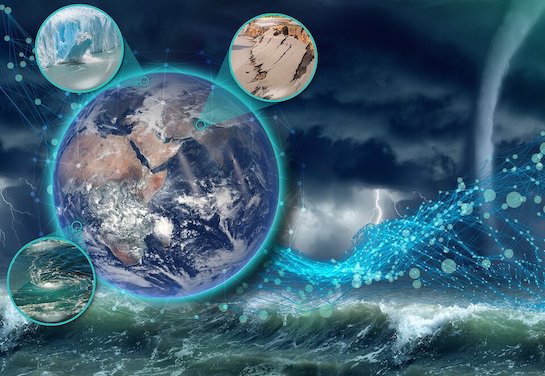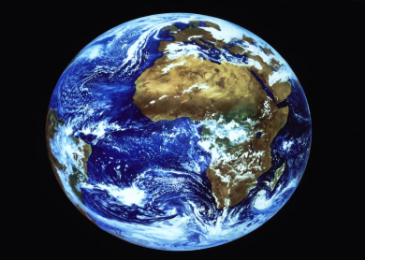The European Space Agency (ESA) wants to further develop the understanding of our planet. For this purpose, ESA chose three concepts in 2018 to compete for the next Earth Explorer mission. The decision was made last week to move on to the next development stage with Harmony, one of the three concepts. Harmony would provide new and important information on the Earth’s systems for scientific research and disaster risk management.
The objective of Earth Explorer missions is to “focus on the atmosphere, biosphere, hydrosphere, cryosphere and Earth's interior with an overall emphasis on learning more about the interactions between these systems and the impact that human activity is having on Earth's natural processes”. In doing so, the Earth Explorer missions help “address key scientific challenges identified by the Earth science community” and nourish the understanding of the Earth’s systems.
The Harmony concept is set to advance into ESA’s tenth Earth Explorer mission. The concept envisions two satellites that would flank a Copernicus Sentinel-1 satellite in two different formations, stereo and close flight. Each satellite would have its own passive Synthetic Aperture Radar (SAR). In collaboration with the Sentinel-1 satellite, Harmony would provide data on land, ice and ocean processes. On land, Harmony would assess minor changes in the appearance of the ground surface, such as those caused by earthquakes and seismic activity. It would also examine glaciers to gain a more comprehensive overview of the rise in sea level and study the difference in water temperature close to the surface of the ocean, known as sea surface temperature. Harmony would also gather unprecedented data on the interplay between the ocean and air surface, offering a valuable insight into the marine atmospheric boundary layer. These various measurements of the Earth’s systems would provide new and important information for scientific research and disaster risk management.

So far, Harmony is still a concept to be tested further. In the next stage of development, Phase-A, Harmony will undergo a “feasibility assessment” and an “in-depth system definition”. This stage will take time to complete. Josef Aschbacher, former Director of ESA’s Earth Observation Programmes commented on the timeline of the Harmony concept: “We expect that a firm decision on full implementation, meaning development through to launch and commissioning, will be taken in autumn 2022 by ESA Member States, upon completion of Phase-A activities”.

